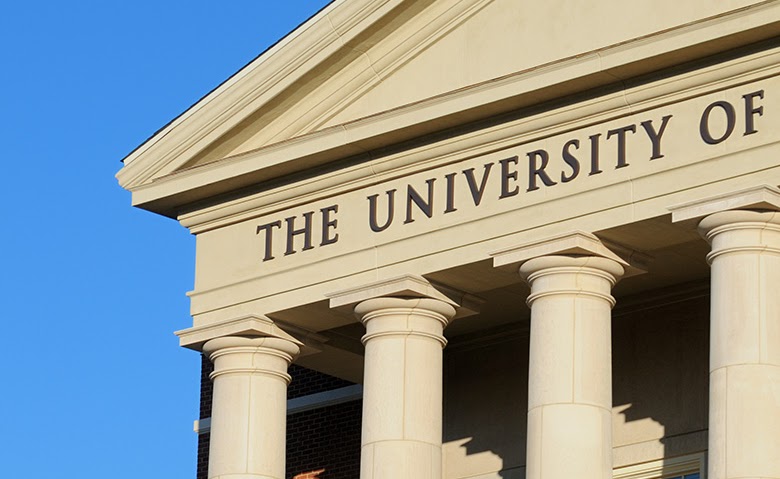The Outrageous Cost of College in the United States
November 25, 2022
It is not surprising that the cost of attending college in the United States is undeniably and absurdly unaffordable with the average costs of attending a private 4-year institution being around $37,000 (only accounting tuition and fees). The continuous rise for these tuition costs can be attributed to numerous factors including an increase in demand, increase in infrastructure and facility costs, and administrative bloat. College in the U.S today is far from simply going to class and getting your degree; it has become an experience and a business: one that can be marketed and sold.
People want to not only go to colleges with good academic programs but are looking for colleges that have a good overall culture, sports, clubs, programs, internships, and other campus amenities. This development of college culture has become incredibly prevalent, leading to the commercialization of college in the United States. Colleges are now businesses more than they are educational institutions – successful businesses. In 2019-2020, 4 year post-secondary institutions accumulated around $600 billion dollars in revenue (NCES 2022).
The privatization of college education is a pressing issue because it causes major discrepancies in socioeconomically disadvantaged students and access to higher education. Those without the necessary needs and resources to be able to afford those costs and fees are left with no choice when it comes to furthering their education and pursuing broader career fields. Knowing this, educational disparities may become a huge predictor for financial, education, and social inequities in the future.
Many, however, continue to argue that paying a substantial amount of money for higher education is a gateway for a higher salary; statistics argue otherwise. The pay for younger workers (ages 22-27) has only increased 19% since 1980 while college costs have increased 169% over the past 4 decades. Notably the median salary for those who pursued a higher education is only $45,000, while the median salary for those without a college degree is $30,000 (Hess 2021). There are jarring differences between the costs for university and the actual rewards. As much as the demand for higher education is increasing, people’s uncertainty and skepticism regarding the value and benefits of higher education has also exacerbated. Unless there are major reforms to the system more and more people will doubt the validity of a degree, especially within the rising younger generations.
The one solution for all of this is simple. Make college more affordable. Countries around the world – notably in Europe – have found ways to make secondary education completely free of cost or substantially lower. America should do the same knowing they absolutely have the necessary resources to do so. People shouldn’t have to sign their lives away in debt for simply wanting to receive an education. In any case, making education more accessible and affordable will only benefit the country as a whole, supporting more jobs and, therefore, the economy. Regardless, it is a vile crime to indirectly deny education to financially disadvantaged students, which are more than 50% of your student population. Everyone deserves an equal chance and opportunity – the best way to do that is reforming how we approach education.



